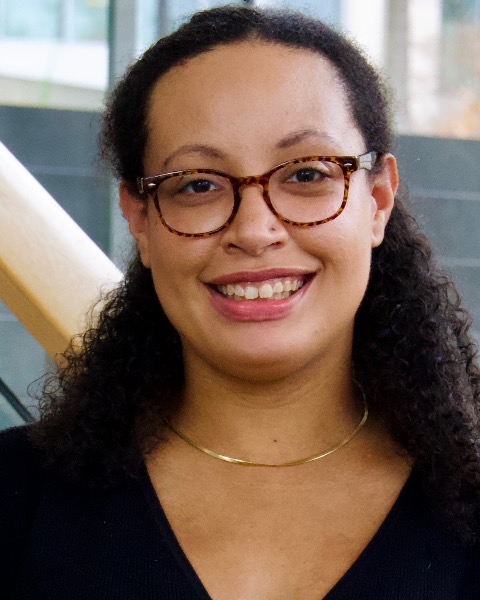Deformity
Simultaneous Prone Lateral Interbody Fusion and Osteotomy for Severe Deformity Correction
Friday, February 21, 2025

Alyssa M. Bartlett, MPH
Medical Student
Duke University School of Medicine
Durham, NC, US
Presenting Author(s)
Disclosure(s):
Alyssa M. Bartlett, MPH: No financial relationships to disclose
Introduction: Minimally invasive spine surgery has demonstrated efficacy in improving pain and disability in spine deformity correction. However, these techniques may not be appropriate for severe deformity which may necessitate multi-stage surgeries that involve repositioning intraoperatively. The prone lateral approach offers a minimally invasive approach while still allowing for larger interbody implant placement and simultaneous procedures such as pedicle subtraction (PSO) or posterior column osteotomies (PCO) without the need for repositioning. This study aims to share our institutional experience of the novel simultaneous prone lateral and osteotomy for complex deformity.
Methods: We conducted a retrospective review of seven patients undergoing prone lateral interbody fusion with a PSO or PCO for correction of severe spine deformity at a single institution. Severe deformity was defined according to the MISDEF2 Class 4 criteria (i.e., surgery was a revision or revision-extension, >5 level fusion including L5-S1, or >10 segments treated). Data about demographic, perioperative, spinopelvic parameters, and patient-reported outcomes measures (PROMs) information were collected and analyzed using t-tests and correlations.
Results: Each patient had an average of 7 levels fused with 2.8 levels of osteotomy. Findings revealed significant improvement in spinopelvic parameters including segmental lordosis (p=0.03), sagittal vertical axis (p < 0.01), and T1 pelvic angle (p=0.03). In addition, patients had significant reductions in PROMs, specifically in the Oswestry Disability Index (p=0.01) and VAS scores for back (p=0.02) and leg pain (p=0.01).
Conclusion : The prone lateral approach, when combined with posterior osteotomies appears to allow for correction of severe deformities yet obviates the need for repositioning. Although this sample size is small, this holds consistent, promising results for the use of the prone lateral technique for complex spine deformity.

.jpg)